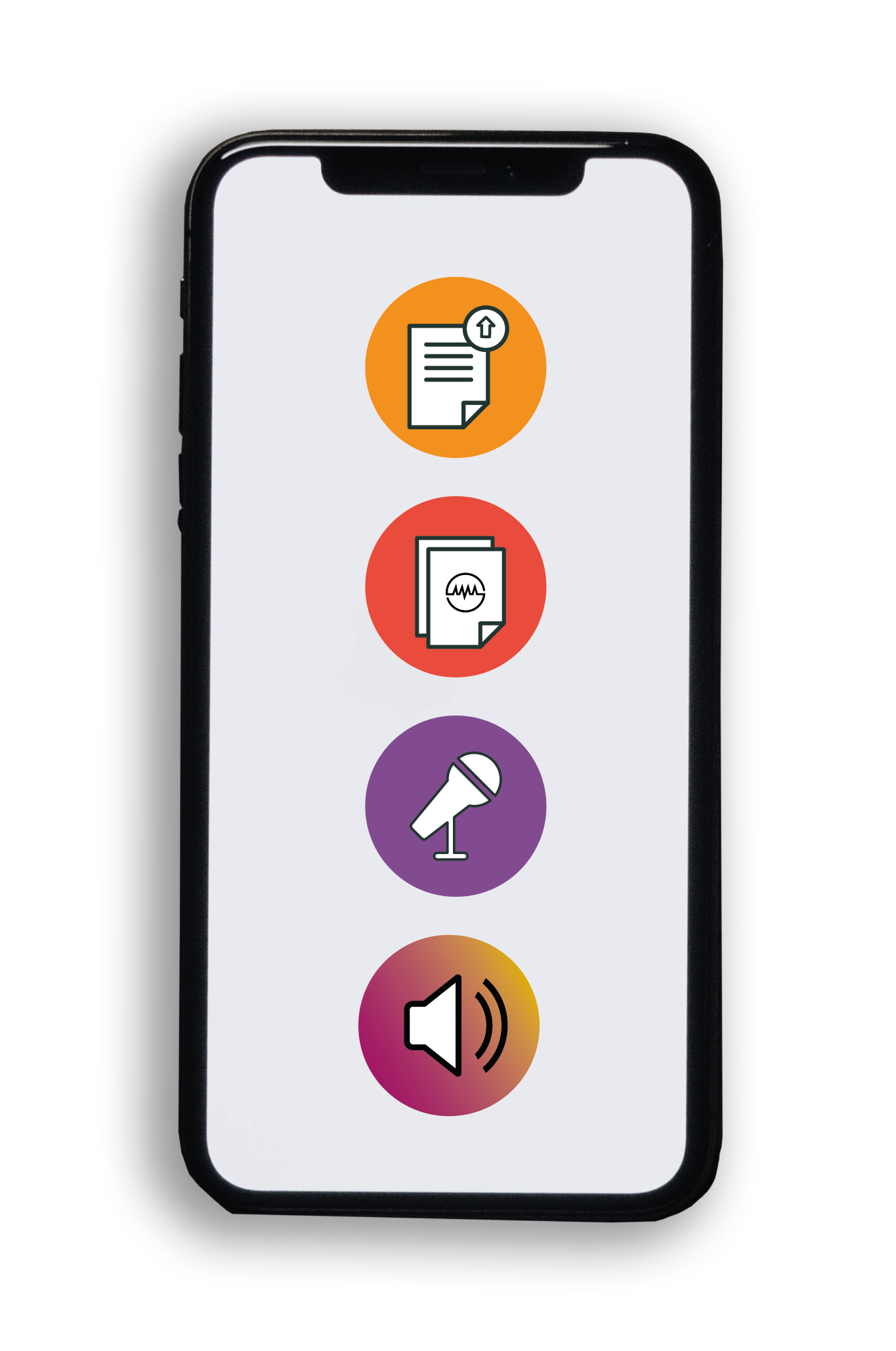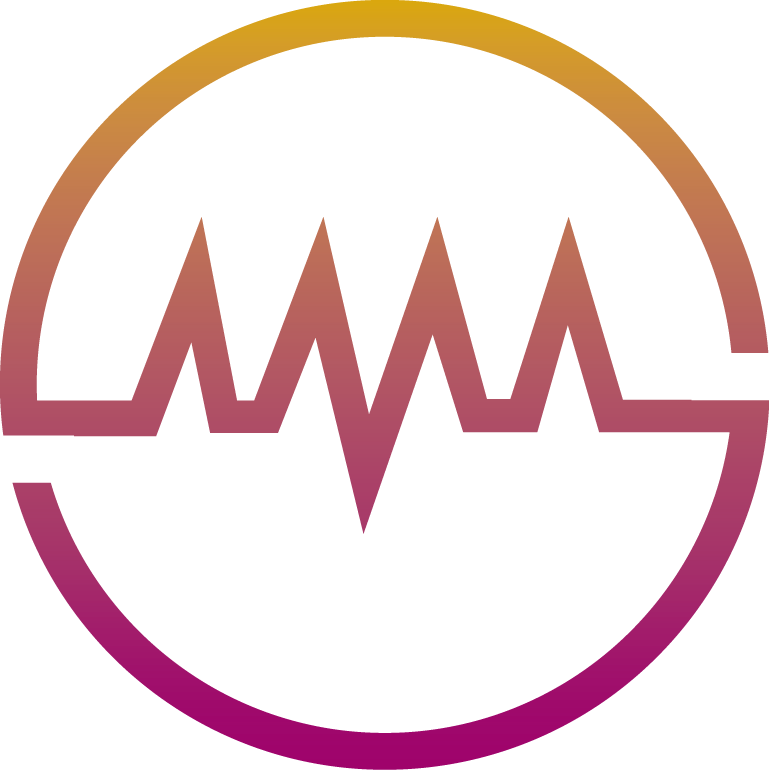The 2022 Prince Mahidol Award Conference: Building the World We Want
About this episode
More episodes
Reimagining online safety education through the eyes of young people
In today’s world, the internet is more than a tool. It can be a place where friendships are built, identities are explored, and young people find connection. For teenagers, digital spaces are a huge component of their lives. However, the way we talk about online safety often feels like it belongs to another era, one rooted in adult fears rather than young people’s lived experiences. A project led by the Young and Resilient Research Centre at Western Sydney University, in partnership with the PROJECT ROCKIT Foundation with funding from Australia’s eSafety Commissioner, set out to bridge this disconnect. Instead of telling young people how they “should” behave online, the researchers conducted a survey of 104 young people and workshops with 31 young Australians aged 12 to 17 which asked them directly: What does online safety mean to you? What do you wish adults understood? What would your ideal online world look like? How do you want to learn about online safety?
The results were eye-opening and led to the development of a framework to reimagine how online safety education for young people is designed and delivered.
Professor Ligeia Quackelbeen | How Should Judges Consider Cultural Concepts in International Criminal Law?
Research from Assistant Professor Ligeia Quackelbeen at Tilburg University examines how international criminal courts categorize cultural practices such as forced marriage, revealing issues with current legal approaches. Using a landmark case as a primary example, the analysis demonstrates how judges rely on rigid checklist-based reasoning that fails to adequately consider cultural contexts. The research examines the benefits of adopting prototype theory from cognitive science to enable more culturally sensitive legal interpretations that better understand local practices rather than applying generic Western-centered definitions.
Dr Katrina Schlunke | Bringing Dead Zoos to Life: Caring for Extinct Animals and Living Cultures
Step into a natural history museum, sometimes called a ‘dead zoo’, and you will find yourself surrounded by silence. Behind glass cases and inside drawers lie animals long gone: the Tasmanian tiger, the quagga, birds that no longer take flight, creatures whose skins and bones now carry only the weight of memory. These preserved remains are meant to represent care – careful handling, careful storage, and careful cataloguing, in a tribute to the long dead and sometimes extinct. But as Dr Katrina Schlunke, from the University of Potsdam and Sydney, argues, the care offered by museums is not so simple. It is bound up with histories of colonialism, extinction, and exclusion, which are typically not explored or acknowledged in the displays we encounter.
Dr. Rasha Bayoumi | Decolonizing Global Collaboration: Building Equitable Science Diplomacy
Science diplomacy, meaning the use of scientific collaboration to strengthen international relations and address shared global challenges, has long been hailed as a force for good. Yet, as Dr. Rasha Bayoumi of the University of Birmingham Dubai and her colleagues argue in their Editorial for a special issue in the journal Frontiers in Public Health, this optimism often masks uncomfortable realities. The practice of science diplomacy has too often reproduced the very inequalities it aims to dismantle, operating within frameworks that privilege powerful nations and institutions while marginalizing voices from the Global South.
This work is licensed under a Creative Commons Attribution 4.0 International License. 
What does this mean?
Share: You can copy and redistribute the material in any medium or format
Adapt: You can change, and build upon the material for any purpose, even commercially.
Credit: You must give appropriate credit, provide a link to the license, and indicate if changes were made.
Increase the impact of your research
• Good science communication helps people make informed decisions and motivates them to take appropriate and affirmative action.
• Good science communication encourages everyday people to be scientifically literate so that they can analyse the integrity and legitimacy of information.
• Good science communication encourages people into STEM-related fields of study and employment.
• Good public science communication fosters a community around research that includes both members of the public, policymakers and scientists.
• In a recent survey, 75% of people suggested they would prefer to listen to an interesting story than read it.

Step 1 Upload your science paper
Step 2 SciPod script written
Step 3 Voice audio recorded
Step 4 SciPod published




